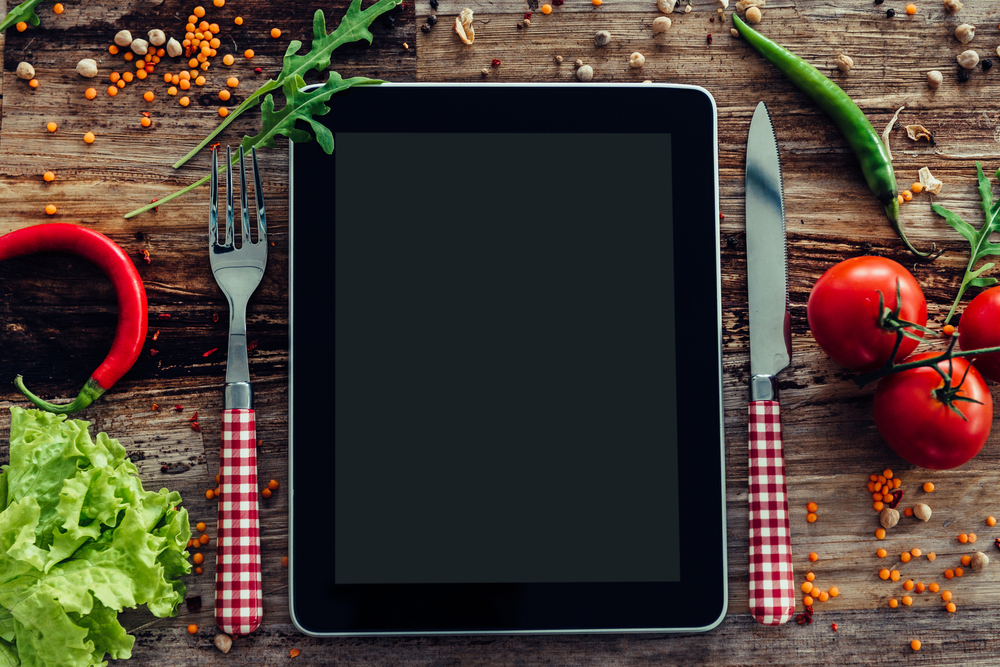Estimated reading time: 3 minutes
Most fast food and fast casual restaurant chains have embraced the digitalization of their business, from touch-screen POS systems to digital menu boards and some self-service stations. It’s the evolution of the dining and customer service experience that tech-savvy customers demand.
For franchises, smaller operations and casual dining that haven’t made the leap, here are three things that are going well:
Digital Signage
Large, crisp monitors and digital displays are certainly catching the eyes (and appetites) of customers with vibrant, dynamic images and videos of food, easily legible pricing and, importantly for FDA compliance, nutritional information. Digital signage is typically easier to update and react to changing prices, promotions and trends. Some restaurants are even beginning to experiment with digital drive-thru menus as well. No more squinting at a foggy sub-menu in the rain?
Kiosk/Self-Service
Incorporating self-service terminals and kiosks are shaving precious minutes off customer wait-times and increasing their average check total. While customers may spend more time actually placing an order at a self-service station, they are spending less time in line and appreciate the opportunity to make selections without feeling the pressure of the cashier and everyone in line staring at them. Some studies have shown that shaving even seconds off of a customer’s wait time can improve profits substantially. Customers are also more inclined to purchase an “upsell” or add-on when ordering from a kiosk. The interface can be programmed to inquire about adding a drink or side with every order…not just when a cashier remembers or thinks they will get the sale. Self-service ordering also satisfies the “foodie,” customers that are into highly-customized meals with multiple additions and subtractions.
Apps
With more and more customers preferring their brands to have a mobile presence, restaurants offering an app to place orders and notify upon approach/arrival lets users get a hot meal delivered to their vehicle (or ready to go inside), bypassing not only inside lines but also drive-thrus backed up during high traffic hours.
While the move to more technology in restaurants has been mostly positive, there are other things to consider and understand about this process.
Here are three things to know:
Self-Service = Labor Cuts, Right?
Not necessarily. In fact, it really shouldn’t at all. While fewer front-of-the-house cashiers may be needed, the uptick in overall orders and likely larger orders means allocating those employees to back-of-the-house efforts to crank out a higher volume of orders. The self-service experience can be a little confusing to some so an employee or two watching over the stations to assist or let patrons know about specials or promotions could ease those unfamiliar with the technology. Technology may be speedy but it doesn’t replace a friendly face. It’s also vital to get employee buy-in to self-service or other digital technologies in use. An associate who is not well-trained or has a cynical attitude (“this stuff never works”) can ruin the experience as well.
Digitalization Isn’t Isolated
While it can take time and money to implement new customer-friendly technology throughout the restaurant process, it’s important not to settle for some digital signage or a nice app. Tech-savvy customers expect the good stuff both in-store and without. A great in-house suite of self-serve kiosks and tableside pay stations should be complemented by a friendly website or mobile experience and vice-versa. A reward program app shouldn’t be met with questioning looks when used on-site by employees that aren’t familiar with it.
Location, Location, Location
The prime territory in front of your cashiers may not seem like the ideal place to position self-serve kiosks but it’s actually very important. Customers need to see them and be drawn to them upon entry if traffic is to be directed there first. Only the stubborn should be bypassing them for cashier-only interactions. It’s also important that what they see on-screen is enticing and more than just the brand name/logo. Customers should be made aware that this is where they need to go to place an order. Casual dining may not find much benefit in kiosks at entry, but tabletop ordering and payment systems will replicate the same customized experience while freeing up servers to deliver orders and drinks even faster.
Co-contributor: John Martin

